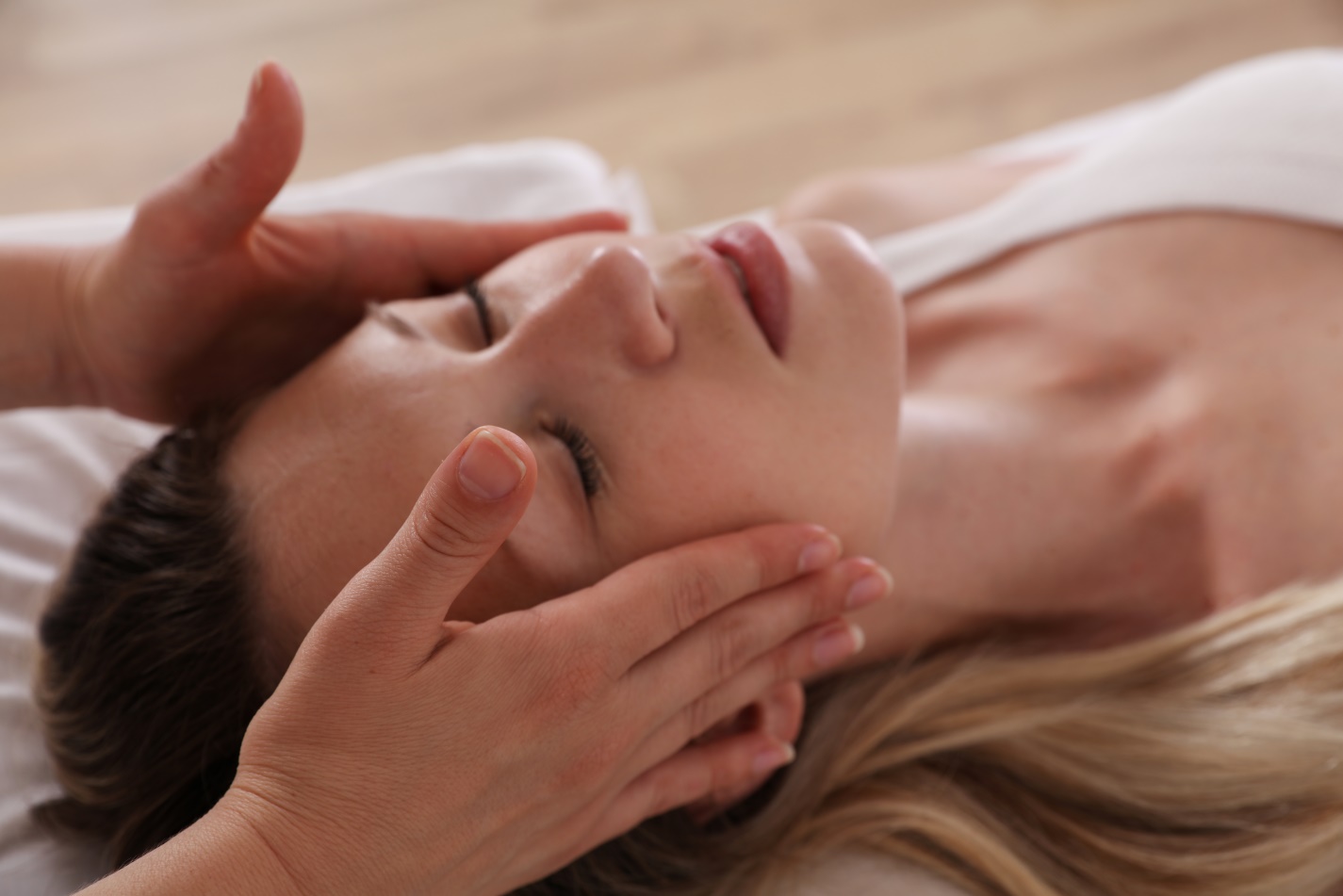Paralysis Doctors in Pimpri Chinchwad
- Home
- Paralysis Doctors in Pimpri Chinchwad

The Facial palsy generally Means weakness of the facial muscles, mainly resulting from temporary or/and permanent damage to the facial nerve.
When a facial nerve is either non-functioning or missing, the muscles in the face do not receive the necessary signals in order to function properly. This results in paralysis of the affected part of the face, which can affect movement of the eye(s) and/or the mouth, as well as other areas.
There are different degrees of facial Palsy : sometimes only the lower half of the face is affected Mainly In stroke , sometimes one whole side of the face is affected Mainly when facial nerve is affected & in some cases both sides of the face are affected.
What causes of facial paralysis?
Bell’s palsy
According to the National Institute of Neurological Disorders and Stroke, Bell’s palsy is the most common cause of facial paralysis. Every year, around 40,000 Americans experience sudden facial paralysis due to Bell’s palsy. This condition causes inflammation of the facial nerve, which commonly causes the muscles on one side of the face to droop.
No one knows exactly why Bell’s palsy occurs. It may be related to a viral infection of the facial nerve. The good news is that most people with Bell’s palsy recover completely in about six months.
Stroke
A more serious cause of facial paralysis is stroke. Facial paralysis occurs during a stroke when nerves that control the muscles in the face are damaged in the brain. Depending on the type of stroke, damage to the brain cells is caused by either lack of oxygen or excess pressure on the brain cells caused by bleeding. Brain cells can be killed within minutes in each case.
The role of Physiotherapy for facial paralysis
Bell’s Palsy physiotherapy treatment includes exercises to improve the functioning of your facial muscles and remove your discomfort. Performing various Bell’s Palsy exercises daily can help prevent further shrinking of the facial muscles. Physiotherapy for facial paralysis works on the patient’s muscles of the face, eyes, nose, lips, and other facial parts to promote facial movements effectively. And, the best part is that they can be performed within the comfort and privacy of your home.
This is what you can expect from facial rehabilitation therapy-
- Exercises for eye care
- Exercises for dry mouth management
- Exercises to make drinking and eating easier
- Speech therapy
Schedule Your Appointmemt
Get In Touch
- 1st Floor, Kohinoor Majestic, Behind Kundan Hyundai Showroom, Near Thermax Chowk, Chinchwad. 411019
- +91 91684 93902
- appointment@drkarmalkar.com
